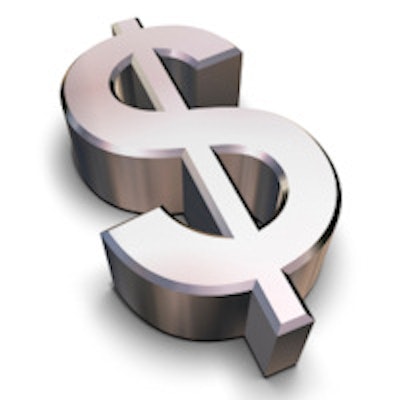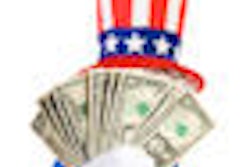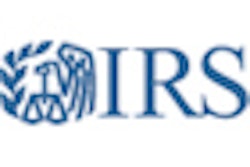
Dentists should take the time now -- before the end of the year -- to consider ways of reducing their tax burden. Setting up special retirement plans and buying furniture and equipment before December 31 can save a lot when tax time comes around, according to one expert.
 John Vento, CPA, financial planner.
John Vento, CPA, financial planner.
Now is a good time to think of ways to avoid the 39.6% U.S. tax rate that many dentists will face when it comes time to file, advises John Vento, a certified public accountant and financial planner who specializes in dental practices.
Under the Patient Protection and Affordable Care Act (ACA) effective January 1, 2013, there is a 3.8% Medicare tax on net investment income on modified adjusted gross incomes above $250,000 for married couples filing jointly and above $125,000 for married couples filing separately, and $200,000 for taxpayers who are single and head of a household.
"It's the perfect time of year for dentists who really need to get into year-end tax planning," Vento told DrBicuspid.com. "There're numerous things dentists can do to reduce their taxable income as long as they do that maneuvering before December 31, because it will go a long way to reducing the amount of tax they pay."
Many dentists, Vento noted, will face big tax bills. "More than half of what they make is going toward one form of taxes or another," he said. The new tax rate for high incomes (above $250,000) will be 39.6%, up from 35%, including a 15.3% Social Security tax and the new Medicare tax.
How to handle higher taxes
One of the best ways to minimize the Medicare tax is by funding an employer-sponsored retirement plan, Vento said. Dentists who put $100,000 into a cash balance-defined benefit plan will get $3,800 in permanent tax savings. Plus, they will defer tax on the full $100,000, he explained. And when dentists take money out of the retirement plan, it's not subject to the Medicare tax, allowing them to avoid paying the tax altogether.
“There're numerous things dentists can do to reduce their taxable income as long as they do that maneuvering before December 31.”
Also, the ACA has a special provision for small-business owners, the health insurance tax credit. If dentists provide health insurance for employees, the tax credit can be as high as 50% on the premiums paid for employees. The credit is most applicable for employees who aren't highly paid, Vento noted.
Another way is to take advantage of the Internal Revenue Service's Section 179, which allows practices to deduct furniture and equipment purchased before the end of 2013. As much as $500,000 can be deducted from taxes, Vento noted.
Normally, new furniture and equipment can't be written off in one year and has to be depreciated, but this provision allows dentists to write off up to $500,000 in the current year. Previously, it was limited to $10,000 per year, but the maximum was increased to $500,000 in the last few years.
Certain leasehold improvements (for dentists who make improvements to leased offices) also may allow dentists to keep their incomes under the $250,000 threshold so they're not subject to the Medicare tax.
"If you have a practice with $200,000 in profit and you go out and buy $200,000 worth of furniture and equipment, you'll avoid paying taxes on the profit altogether," Vento said.
Vento advises more than 250 dentists and practices, and he often meets clients between now and December 31 to go over their records to strategize and find what's available so they can take advantage of permissible deductions, he said.
"A lot of things cannot be done next year," he noted. "That's why this time of the year is so important."
John Vento is a New York-based certified public accountant and certified financial planner. He recently published the book Financial Independence (Getting to Point X): An Advisor's Guide to Comprehensive Wealth Management.



















